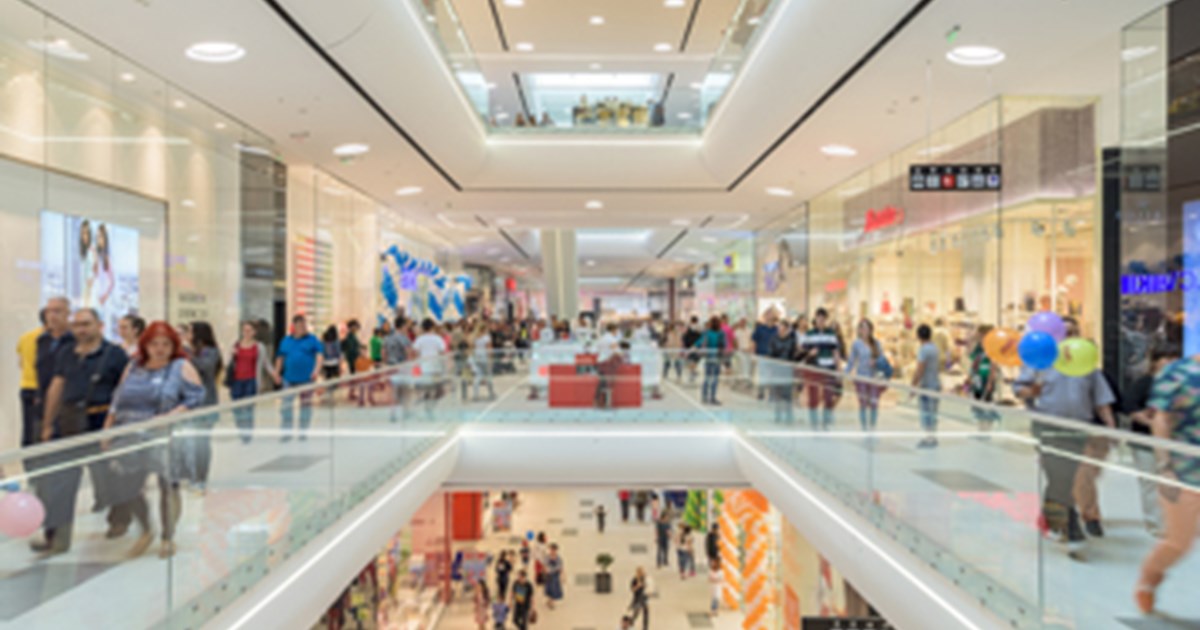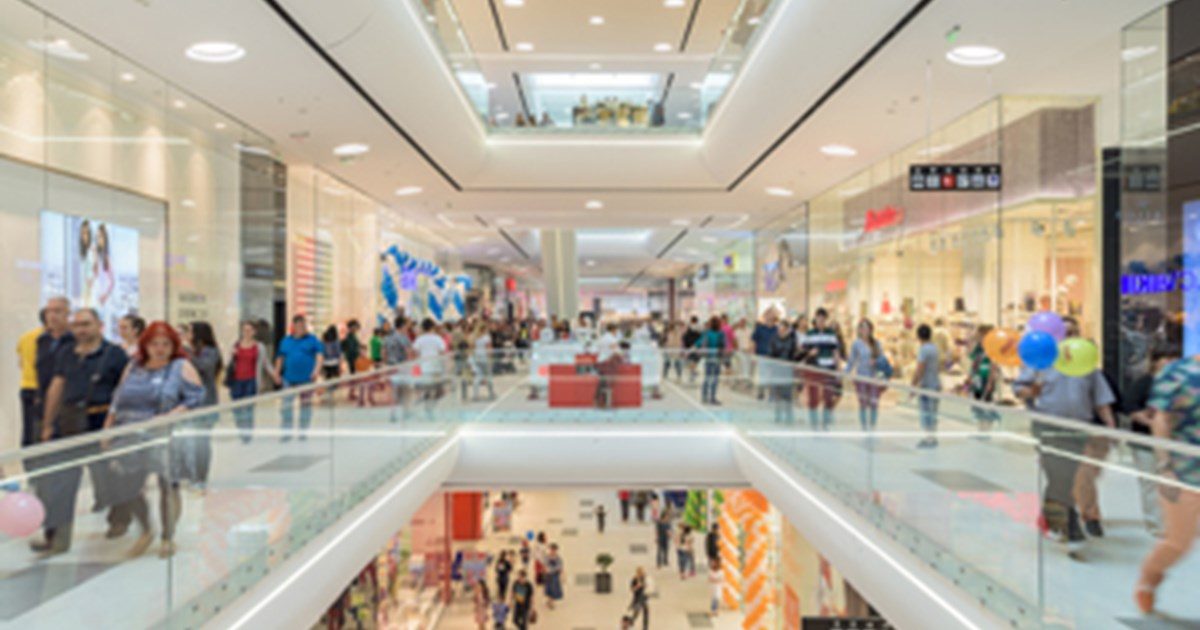
The retail industry dominated the headlines throughout 2018. We saw retailers like Toys R Us and Maplin disappear from the high street, while high profile anchors like Debenhams and House of Fraser both suffered serious financial shocks. As well as reports of the failings of individual retailers, 2018 saw an intensification of the problems for the high street more broadly, with vacancy rates increasing and footfall falling.
As we entered the golden quarter it was clear that the challenges of 2018 would continue throughout the final months of the year. Participation in Black Friday was up, discounts were deeper and, crucially, for many retailers the sale signs stayed up well after Black Friday – in many cases right up to Christmas.
Discounting did encourage shoppers to spend, with retail sales up on a year-on-year basis in October, November and December. However, the resulting lower margins tested many retailers. Even online pureplay ASOS surprised commentators with a profit warning.
While retail sales overall have held up, not all retailers benefited, with online retailers typically winning at the expense of physical stores. In November and December online retailing accounted for one in five pounds spent for the first time ever according to the ONS. Falling footfall and sales on the high street, compounded with the burden of high rents, rates and other costs led to alarming reports of financial difficulties from a number of high street retailers.
Of course there were some winners. Aldi and Lidl enjoyed strong sales growth, with new stores, new shoppers and trading up boosting their takings. Next defied expectations reporting increasing sales – and crucially an improvement in full-price sales. Figures from Tesco showed the retailer had a decent Christmas across both food and non-food, while John Lewis’ figures were better than expected. We also saw impressive trading results from retailers including Ted Baker, Joules, Dunelm, AO.com, Hobby Craft and Selfridges.
There is evidence that small retailers performed well as a whole, benefiting from a trend towards craft and, of course, their ability to harness the power of social media to reach new audiences. We estimate substantial growth in direct-to-consumer sales this Christmas.
Debenhams and Marks and Spencer were among the retailers to have suffered with poor Christmas trading. Both of these retailers continue to struggle to gain real traction with their online businesses – and certainly not enough traction to offset declining store sales.
A key characteristic of Christmas 2018 was the late surge in sales during the final week following a weak start to December. With Christmas falling on a Tuesday, shoppers had the full weekend and Christmas Eve to pick up last minute gifts. As a result only the most confident retailers held their nerve on price. Indeed, overall, discounting was the major theme of Christmas trading for 2018. For many retailers Black Friday has become an excuse for pre-Christmas price reductions and we also saw a lot of targeted promotional activity, channelled through email and social campaigns.
2019 predictions
Look ahead into 2019, for all the trends to watch out for it will be the economy that will have the greatest impact on retailers’ trading.
Of primary concern is the continuing uncertainty surrounding Brexit. Of course, Brexit has been a worry for many shoppers since the referendum, and we’ve seen that reflected in our research. However, previously the concern had not percolated through into mass purchasing behaviour. With the Brexit deadline now approaching rapidly and no deal agreed by parliament, shoppers and businesses are showing signs of nervousness, delaying expenditure and tightening their purse strings where they can.
While Brexit presents major challenges for retailers and brands, it would be unwise to blame it for all of the problems. Even without this challenge, 2019 would be tricky to navigate – shoppers are becoming more mindful of how much they buy, with sustainability considerations meaning we might be reaching ‘peak stuff’ in terms of consumption.
Woes on the high street were well documented in 2018 and going into 2019 we expect a significant deterioration in the prospects. As well as weaker spending overall, the migration of retail expenditure online is bound to continue, placing further pressure on physical retailers. We have seen how businesses like Debenhams and House of Fraser are really struggling, while M&S is closing 100 of its stores. The result is that many high streets are losing their big anchor department stores, with some high streets facing the reality of losing more than one of these big retailers.
As the high street crisis intensifies, we expect central government intervention will increase. Issues such as taxation of online retailers and the fairness of rates on physical retailers warrant further discussion and require urgent action.
Despite the clear challenges, it’s important not to miss out on the opportunities too. Technological development in particular is opening new exciting channels to speak to and engage with shoppers, and increasingly savvy shoppers are more willing to try new things than ever before. The growing importance of experiences, not only in their own right but as part of buying and using products, also present exciting opportunities.
Without doubt 2019 will be a tough and unpredictable year but, like in 2018, retailers that understand their shoppers, innovate and are able to adapt will prosper.

